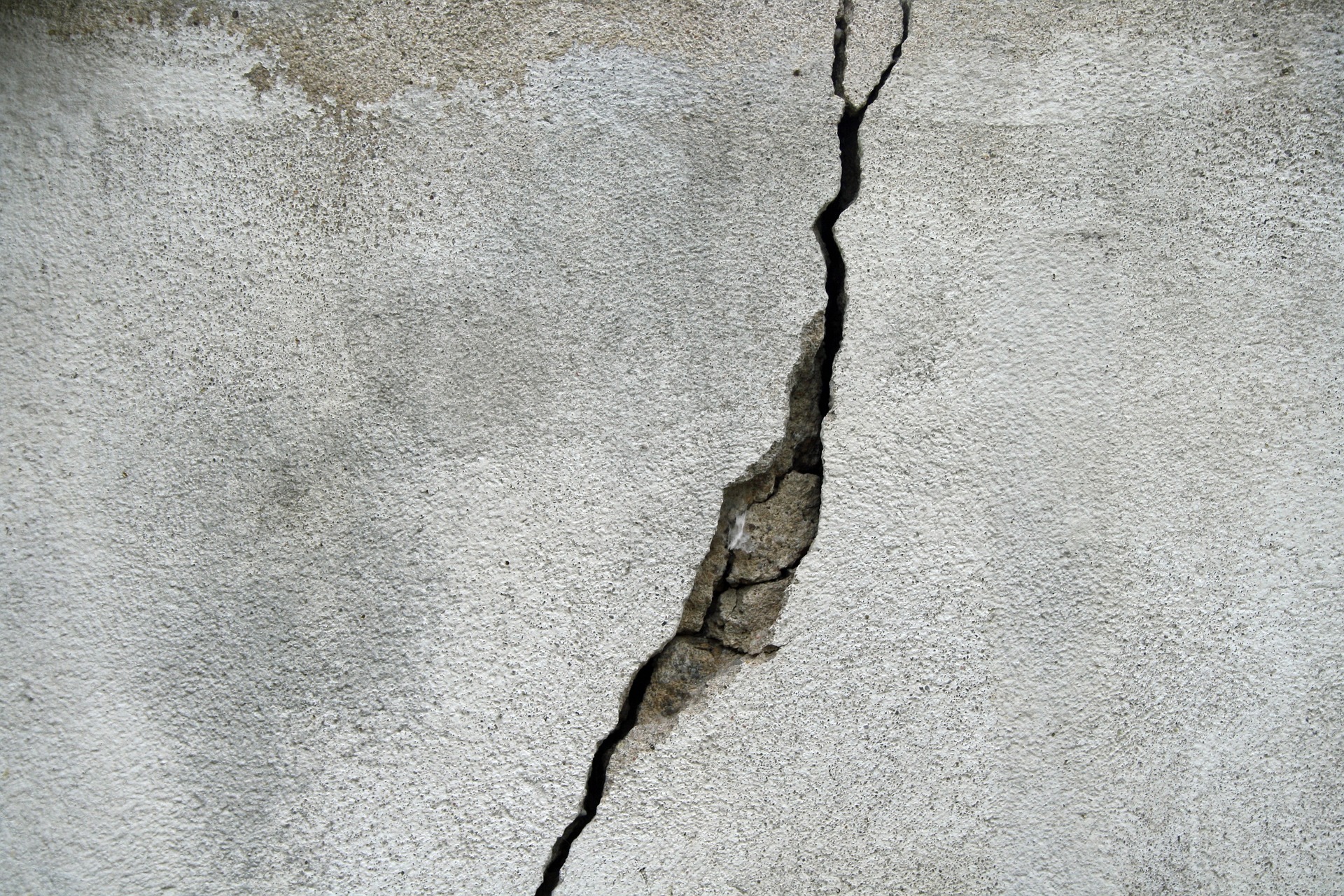Termite Guide for Homeowners and House Inspections
Termites are small insects that can cause significant structural damage to wood and cellulose in buildings, often without early visible signs. For homeowners, understanding identification, inspection practices, and available pest control approaches helps protect property value and safety. This article explains how termites behave, what damage to watch for, how inspections work, and practical pest control options for a home or house. It is written for a general audience and aims to provide clear, factual guidance you can use when evaluating risk and planning treatment or prevention.

What are termites and how do they behave?
Termites are social insects that live in colonies and feed on cellulose materials such as wood, paper, and some building materials. Worker termites do the majority of feeding and can operate inside walls, floors, and structural timbers without obvious external signs. Some species build mud tubes to maintain moisture from the soil to wooden structures, while others nest inside wood. Seasonal swarming by reproductives is a common time when homeowners first notice an infestation. Recognizing basic termite biology helps explain why infestations can remain hidden and why early detection matters.
How do termites affect your home?
Damage from termites is structural and can compromise load-bearing elements over time. They consume wood from the inside out, which can leave a thin surface layer intact and make damage less visible until it is advanced. Termite damage can affect flooring, framing, trim, and other wooden components, leading to costly repairs if unchecked. Moisture problems, wood-to-ground contact, and poorly ventilated crawlspaces increase risk. Regular maintenance to reduce moisture and eliminate wood contact with soil can lower the chances of infestation and slow the progression if termites are present.
How can you spot termites in a house?
Signs to watch for during a house check include discarded wings near windows or light sources, mud tubes on foundations or piers, hollow-sounding wood, and small pinholes in drywall or wood trim. Bubbling or darkening paint can indicate damp wood from infestation. Subtle indicators like unexplained creaking floors or gaps in trim may be present. Visual inspection should include basements, crawlspaces, attics, and any areas where wood contacts soil or where previous water damage occurred. Early detection increases options for less invasive treatment.
What does a professional inspection cover?
A professional inspection includes a systematic examination of accessible areas: interior rooms, basements, crawlspaces, attics, exterior foundation perimeters, and any attached structures like porches or sheds. Inspectors look for evidence of live termites, damage patterns, mud tubes, and conditions that encourage infestations such as moisture or wood-to-soil contact. Many inspectors will provide a written report detailing findings, visible damage, and recommended actions. Note that inspections are limited to visible and accessible areas; hidden infestations may require further investigation using moisture meters or specialized equipment.
What pest control options exist for termites?
Pest control for termites includes several approaches: localized treatments (foam or liquid) to targeted areas, whole-structure liquid barriers applied around foundations, baiting systems placed in the ground to reduce colonies, and in severe cases, structural replacement of damaged wood. Choice of method depends on the species, colony size, structure layout, and homeowner priorities. Integrated pest management combines treatment with moisture control, removal of wood-to-soil contact, and ongoing monitoring. Licensed pest control professionals can advise on appropriate treatments and follow-up inspection schedules to reduce the chance of recurrence.
Conclusion
Termites are a hidden threat to homes because of their concealed feeding habits and potential to cause structural damage over time. Regular visual checks and professional inspections are important parts of maintaining a house’s integrity, especially in areas prone to infestation or with known moisture issues. Understanding common signs—such as mud tubes, discarded wings, and hollow-sounding wood—and combining corrective building maintenance with targeted pest control measures helps manage risk. Clear documentation from inspections and consistent monitoring allow homeowners to make informed decisions about repair and treatment.





